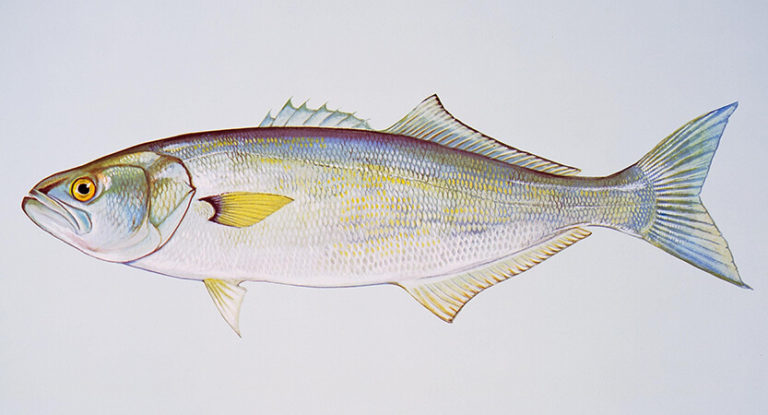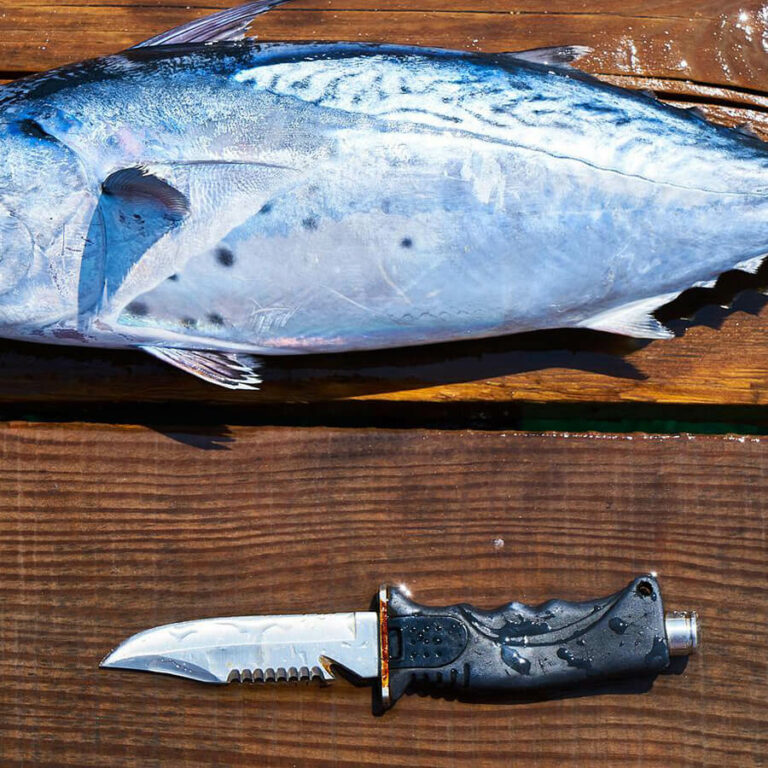The family of red snapper, reef perches is quite diverse and extensive. Includes about 20 genera and up to 120 species. A variety of color and shape of fish can surprise any lover of ichthyofauna. Most species have an oblong, oblate lateral, body, dorsal fin usually divided into prickly and soft parts. The mouth is large and mobile, there are large teeth on the jaws, and small hairy ones on the palate and vomer. A significant part of snappers can also be called snippers, as well as pargo. The smallest species can be considered Gymnocaesio gymnopterus no more than 16 cm in length. Large species can reach a length of more than 1 m and a weight of about 45 kg.
Here is an overview of the content of this tutorial, feel free to jump to any section you care about:
For more fishing instructions, take a look at these popular Trizily links: Salmon Fishing, Bonito Fishing.
- The 9 best fishing lines 2022
- The 7 best baitcasting reels 2022
- The 10 best fish finders for the money 2022
- The 7 best spinning reels 2022
Red Snapper Fishing
Characteristics and habits of red snapper
Lifestyle and habitat of snappers coincide with one of the names – reef. The largest number of species is associated with the regions with the greatest distribution of reefs, including coral. All snappers are active predators. Climbing to rocky grounds or mangroves, they prefer ambush hunting. They can form large clusters. Snappers are able to accumulate toxic substances in the body, and meat of the same species can be poisonous and not. Toxicity is most likely associated with the algae in which perches live.
Scientists cannot give an exact answer why. In addition to snappers, the family includes several interesting genera and species that are quite popular with marine fishers, for example, rabirubia or aprions. Rabirubia or Cuban yellowtail is a relatively small fish, about 80 cm long and weighing a little over 4 kg. Yellow tails are very beautiful and common representatives of the ichthyofauna of the Atlantic region, which are notable for their caution. Rabirubia have commercial value, and are also popular with amateur fishers.
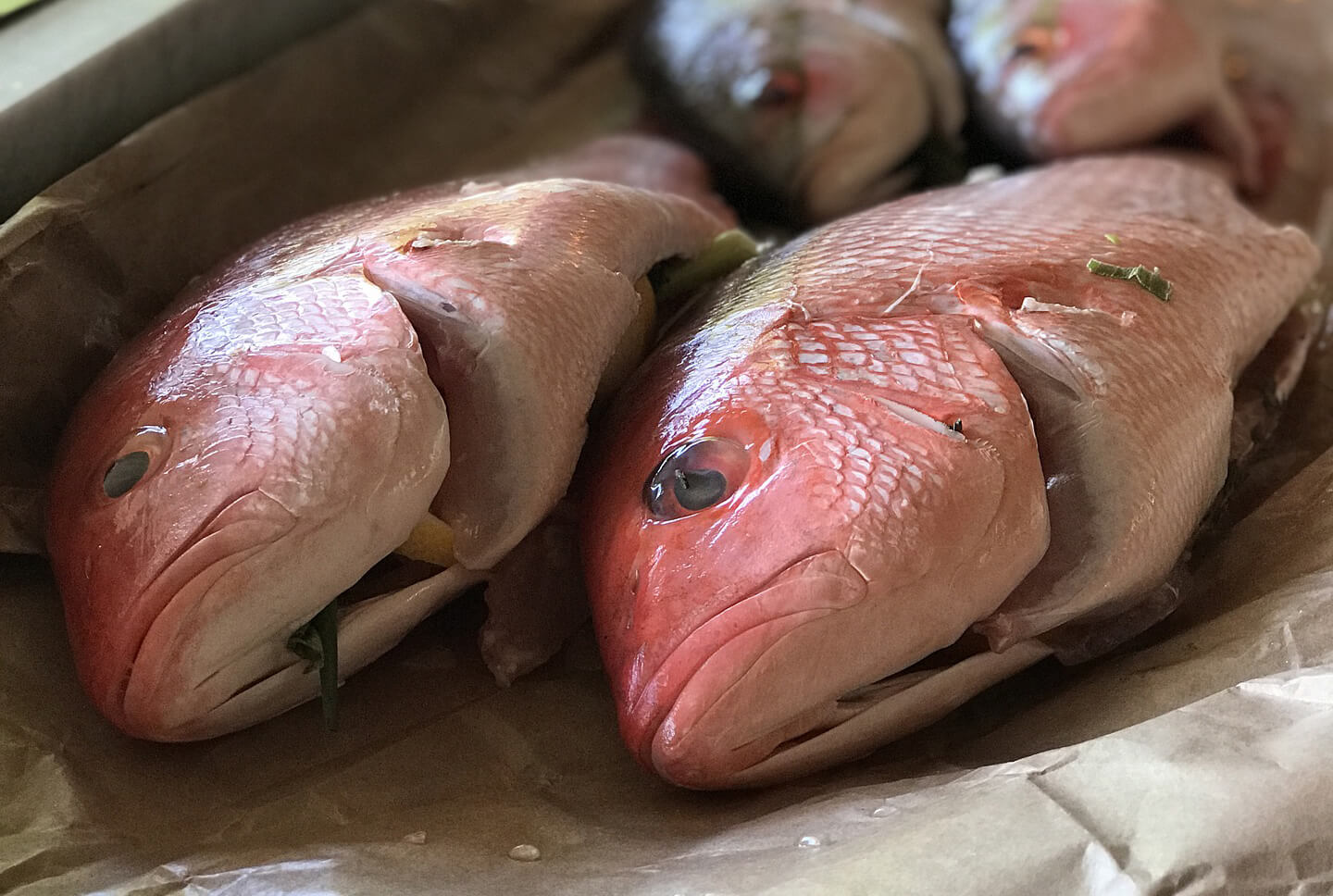
Aprions and sharp-toothed teeth close to them are no less interesting fish with a chasing body, leading a bottom-pelargic lifestyle. Flocks of aprions can often be found on flat areas in the coastal zone. Fish can reach a length of 1 m. More to the snapper are fish of the Lutjanidae family. They live in the waters of the Indian Ocean, preferring reef zones and thickets of aquatic plants. At the same time, all snapper are commercial fish and are actively caught by the local population.
Reproduction habit of red snapper
Spawning, in this large family, can differ both regionally and in species terms. On average, fish grow up at the age of 2-3 years. In the spawning period they form large clusters. Spawns portioned, can stretch for several months. As a rule, it is associated with the temperature regime of water at peak values of high temperatures. Pelargic caviar. Fertility depends on the species, but overall large enough.
Red snapper fishing: Techniques, bait and gear
Red snapper fishing techniques
The most popular amateur fishing for various kinds of snappers is, of course, spinning gear. Fishing can be carried out both “in casting” and “in plumb” on the appropriate bait. Like most sea predators, snappers are voracious and illegible in the choice of victims, so they can be caught on natural bait. Most definitely, snappers should be caught fly fishing, for example, in mangroves and in shallow water.
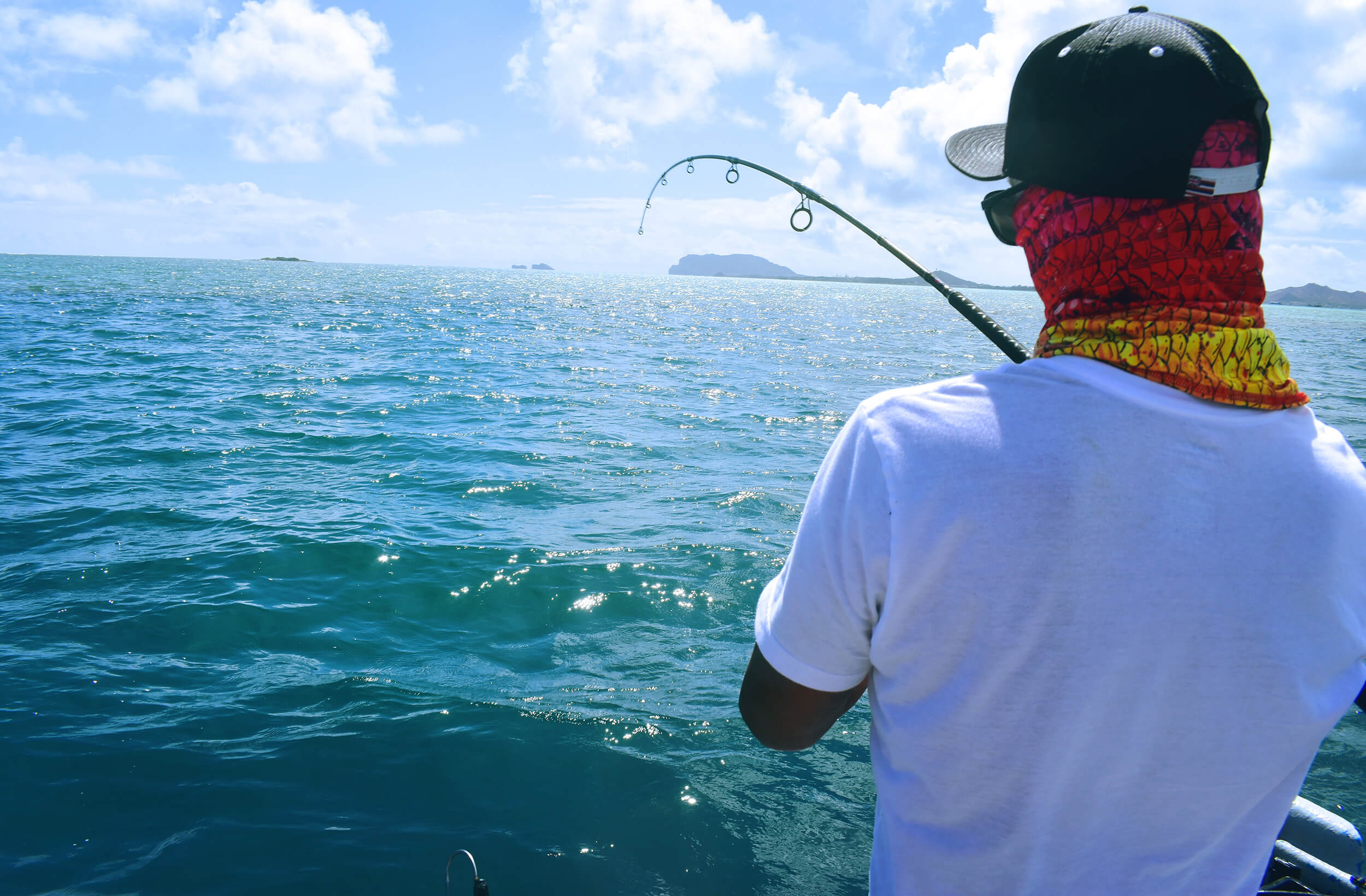
Fishing gear for red snapper fishing
When choosing gear for fishing on a classic spinning rod for catching snappers-snappers, it is advisable to proceed from the principle “trophy size – bait size”. In addition, the “onboard” or “shore fishing” approach should be a priority. Sea vessels are more convenient for fishing on a spinning rod, but there may be limitations. With coastal specialized fishing of medium-sized snappers, “serious” marine gear is not required: when choosing gear it is better to move away from the size of the lures.
Although it is worth noting that even small fish are desperately resisting and this gives a lot of pleasure to fishermen. Snappers often keep in different conditions of the coastal zone, and therefore fishing on classic lures is possible with spinning rods from marine boats: spinners, wobblers, and more. Reels should be with a good supply of fishing line or cord. In addition to a trouble-free brake system, the reel must be protected against salt water. Many types of marine fishing techniques require very fast wiring, which means a high gear ratio of the winding mechanism.
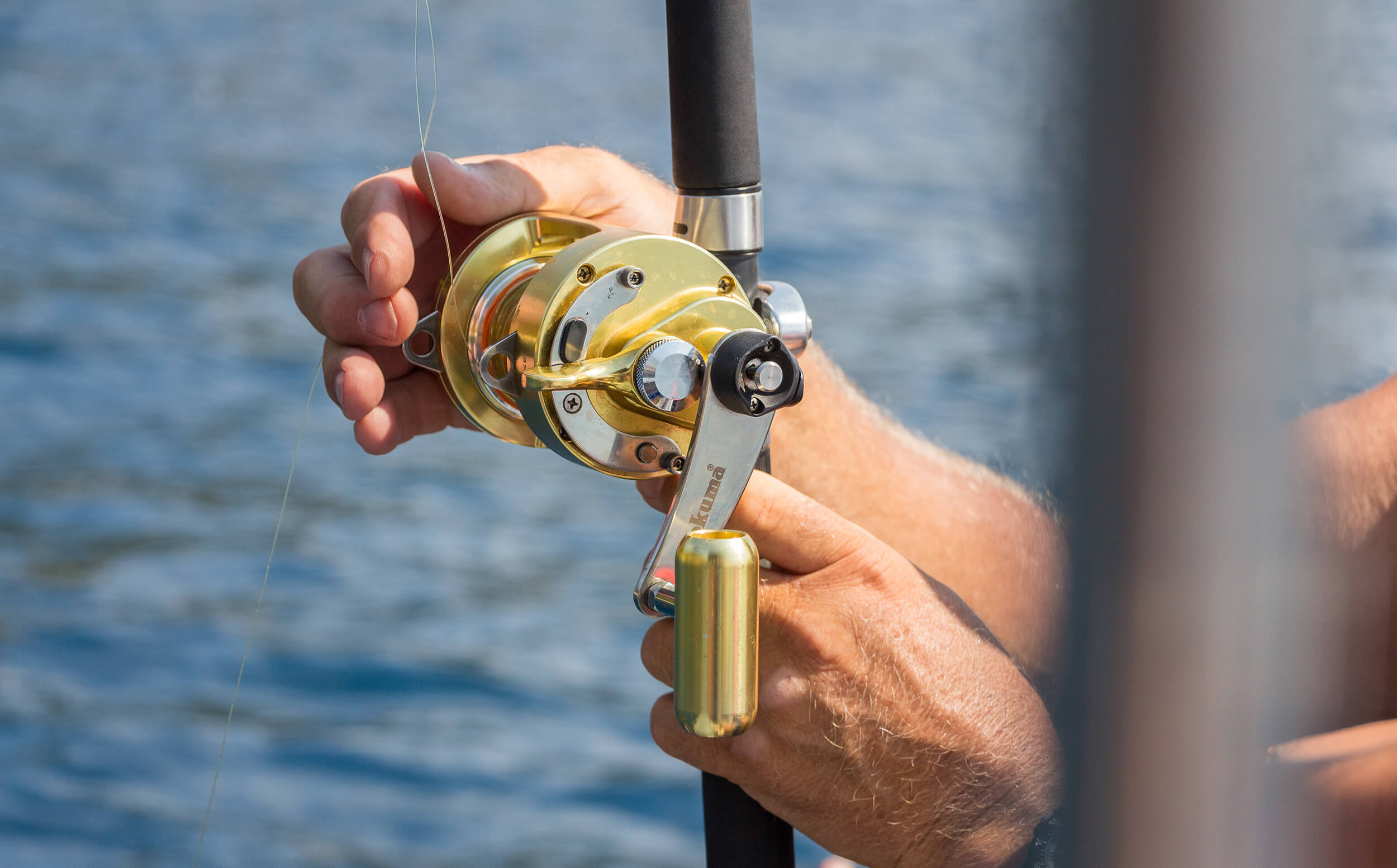
According to the principle of action, the coils can be either multiplier or inertialess. Accordingly, the rods are selected depending on the reel system. The choice of fishing rods is very diverse, at the moment the manufacturers offer a large number of specialized “blanks” for various fishing conditions and the type of lures. When fishing for spinning marine fish, the fishing technique is very important. To select the correct wiring, you must consult experienced fishers or guides.
Jig fishing for red snapper
In difficult conditions of deep-sea reefs, vertical flashing or jigging can be considered the most successful fishing for snappers. In this case, you can use a variety of nozzles, including natural ones. When fishing by this method at great depths in the case of capture, the fishing will occur with a large load on the gear, so fishing rods and reels in the first place should be quite powerful. Lines with special markings for determining the length used are very convenient.
Red snapper fishing bait
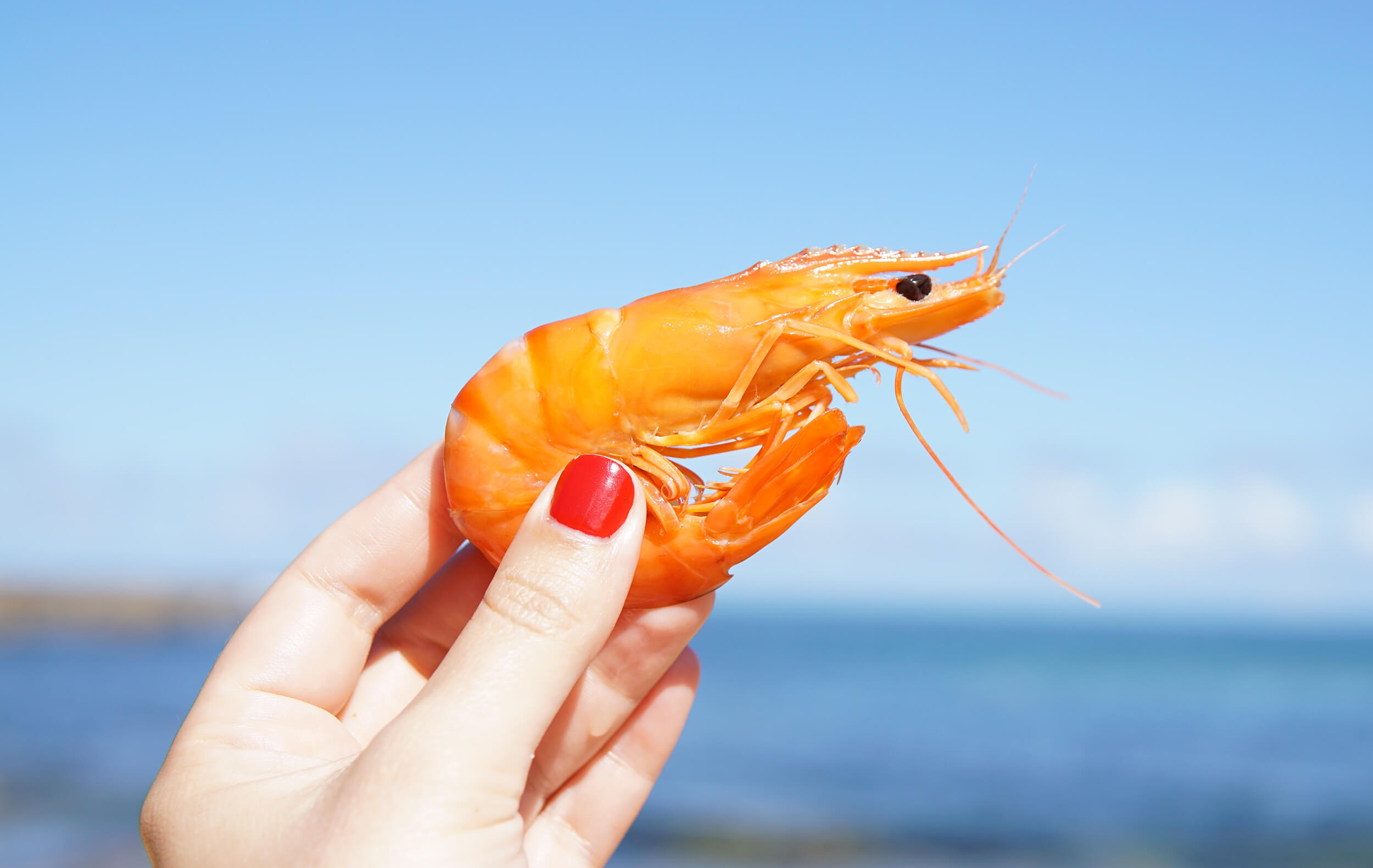
Various spinning and fly fishing lures used for fishing in various conditions of coastal fishing and imitating various small inhabitants of reefs, mangroves and other marine thickets can be attributed to snapper baits. In the case of fishing at great depths, it is possible to use pilkers and other equipment for vertical flashing. When using snap-ins for fishing for natural bait, you will need small bait fish or slicing of fish meat, cephalopods or crustaceans.
Red snapper fishing place
Most species of snapper live in the Indo-Pacific region of the tropical and subtropical zones. As already mentioned, fish prefer to live and hunt, hiding in various shelters: rocky and coral reefs, algae, mangroves and more. The species of fish are quite widespread, but the species composition of snappers on the Caribbean and West African coasts is much smaller than in the Pacific. However, they are very widespread along the coast of all archipelagos, islands, and the mainland except for some stretches of tropical seas, such as the waters surrounding the Hawaiian islands.

![Top 10 Best Fishing Multi Tools [Reviews & Buyers guide] 5 Top 10 Best Fishing Multi Tools [Reviews & Buyers guide]](https://trizily.com/wp-content/uploads/2022/03/best-fishing-multi-tools-768x768.jpg)
![10 Best Braided Fishing Line [Comparisons and Reviews] 16 10 Best Braided Fishing Line [Comparisons and Reviews]](https://trizily.com/wp-content/uploads/2022/03/best-braided-fishing-lines-768x768.jpg)
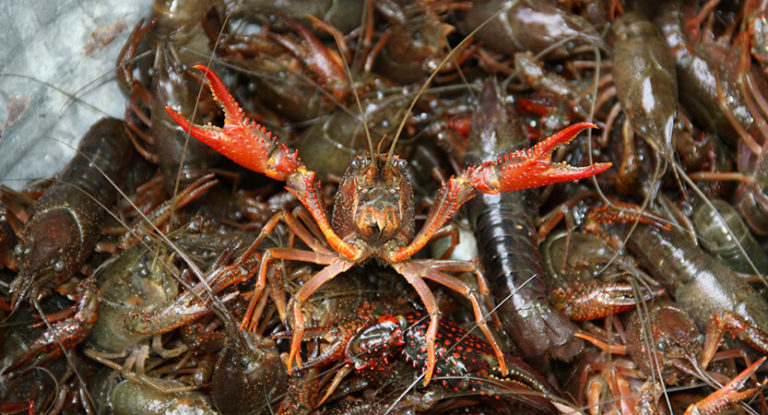
![The 8 Best Fly Reels in 2023 [Buyers Guide] 28 The 8 Best Fly Reels in 2023 [Buyers Guide]](https://trizily.com/wp-content/uploads/2021/12/fly-reel-768x415.jpg)
